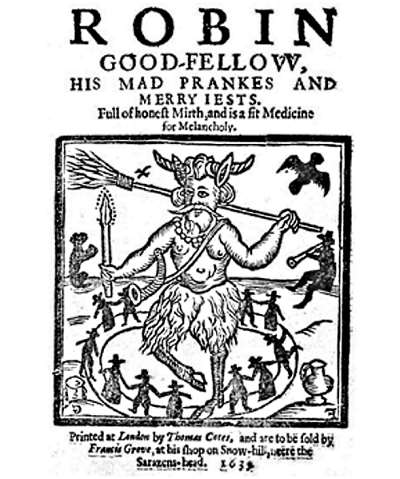Rose galls

The garden is filled with wildlife. Bees and butterflies are welcome but every trip outside is currently a dash to escape the horseflies which make gardening a misery. But another, fairly benign insect, has made its mark on the roses and I always like to see it.
The gall wasp Diplolepis rosae lays up to 60 eggs on wild rose buds and the grubs start to feed. As they do so, the rose begins to create a mass of mossy growth that protects the group of grubs and this is known as a Robin’s pincushion. It is also known as a Bedeguar, from the Persian for ‘wind-blown’.

The galls produce nutritious tissue on which the grubs feed and each pincushion contains many grubs. It is most common for the galls to form low on the bush and mine are near the base of the hedge. The grubs feed all summer and remain in the gall all winter, emerging as adults in late spring. Most adults are female and males are rare. Of course things are never simple and the grubs are often parasitised by other wasps. Probably because of their hairy structure, the dried galls were traditionally burnt and the ash mixed with honey as a cure for baldness. Garden roses are rarely affected, just wild roses and my R. rubiginosa hedge suits the gall wasp and there are several every year. I am always glad to see them.

This year there are also some ‘smooth pea galls’ caused by Diplolepis eglanteriae. (R. rubiginosa is called the eglantine rose). This is caused by a single egg laid on the leaf and the galls fall off with the leaves in autumn. The gall wasps mature in the fallen galls and emerge in spring. All mine are on the undersides of the leaves. A similar species produces spiked pea galls which are the same but have, you guessed it, spikes.

The common name of Robin’s pincushion is nothing to do with the bird of that name, as I always thought, but is named after Robin Goodfellow (Good-fellow).

He is the most famous of the named fairies or goblins, depending on your thoughts and location. He is the British form of Puck, a mischievous spirit. In Ireland they were púca, probably the derivation of the name Puck. Despite his often malevolent nature, he was called ‘Goodfellow’ because fairies loved flattery and if they were abused would often get up to no good. So it paid to be polite to him. Fairies still exert their power in Ireland, as well as elsewhere, and fairy forts – earth mounds’ were thought to be the entrance to the world of the ‘Good People’. Damaging the forts was thought to bring bad luck. Famously, or perhaps infamously, a fairy tree in Co. Clare was spared when a new road was built in 1999.
Back to Robin. He was often depicted carrying a broom and it was thought that fairies would tidy up the home. But if he disapproved of you, or thought you were lazy, he would pinch and nip you- or worse. Of course he needed paying for his work and it was essential to leave out mixed bread and milk for him. When I was a child I was often fed bread and milk (a mug of pulled-apart white bread with hot milk mixed with sugar). Perhaps my mum thought I was a goblin, I was so badly behaved!
You should also leave out a pail of water for him and his co-conspirators to bathe, and a clean towel for them to dry. Of course he was a shape-shifter, often appearing as an animal. Robin could be useful in cleaning the house but also stole objects, caused sickness in children and would even swap children for elf changelings. We just had a double-glazing unit explode for no apparent reason so I will blame it on Robin Goodfellow! Perhaps I should leave out some bread and milk and he will fix it, otherwise I will have to keep waiting for a glazier to come!
Interesting! But why are you happy to see these galls?
It is just because they are interesting and they do no harm. It is nice to see wildlife thriving in the garden
Ahh – I didn’t get the do no harm bit when I read it first. So nice to read about something that doesn’t harm roses – usually it’s the opposite!
yes, indeed!
Informative & entertaining – as usual.
Thank you Geoff
Regards Anne
Thank you! What a rotten day!
I had oak galls 2 years ago. Made my tree a bit ugly for a year or so but the tree seems to be uninjured. Very interesting I didn’t know there were other kinds of galls.
most insect galls do not harm the plant. There are hundreds if not thousands of gall wasps that affect a wide range of plants. It is fascinating how they produce chemicals that cause the plant to produce the galls in order to protect and feed the insects.